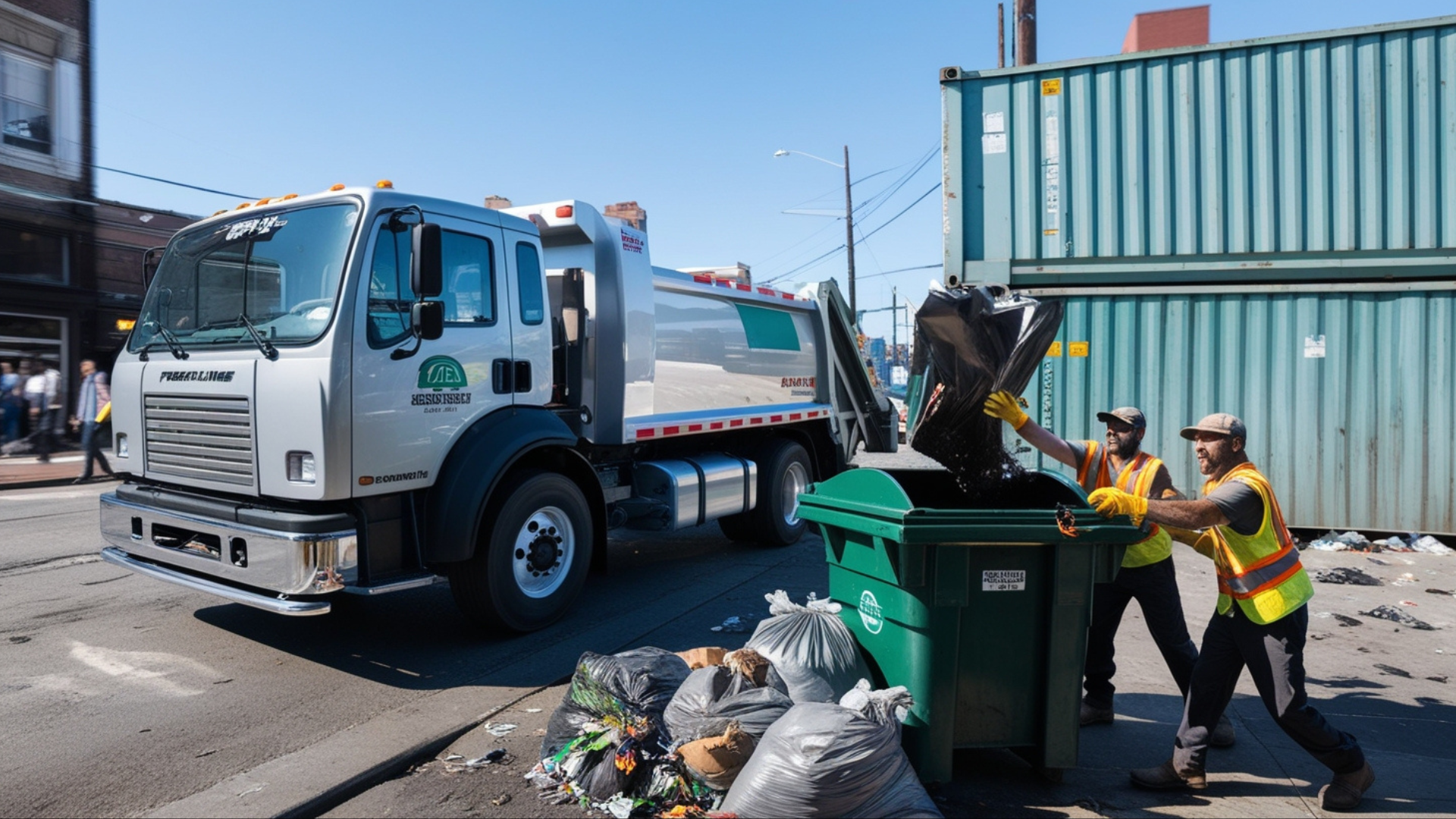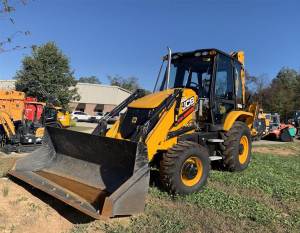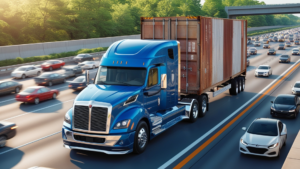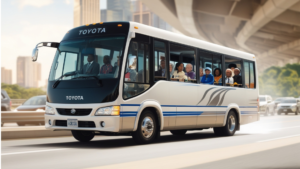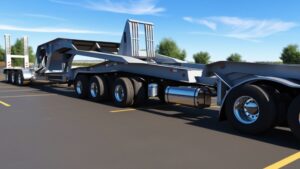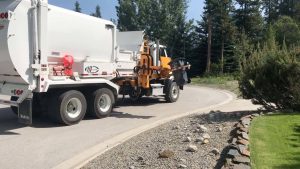Hooklift trucks have emerged as a powerful solution in the realm of transportation and logistics, particularly for businesses needing flexibility in handling a variety of loads. Renowned for their versatility and efficiency, these trucks are instrumental in waste management, construction, landscaping, and other sectors that demand a reliable means of transporting heavy materials. This article will explore the features, benefits, applications, and specifications of hooklift trucks, highlighting why they are indispensable in today’s commercial landscape.
What is a Hooklift Truck?
A hooklift truck is a specialized vehicle designed with a hydraulic lift system that allows it to load, transport, and unload different types of containers, including dumpsters, flatbeds, and specialized equipment haulers. The distinctive feature of hooklift trucks is their ability to quickly swap containers, enabling operators to efficiently adapt to varying job requirements. This flexibility is crucial in industries where materials and loads frequently change.
Key Components of a Hooklift Truck
To understand how hooklift trucks operate, it’s essential to grasp their main components:
1. Chassis and Frame
The chassis of a hooklift truck is built to handle heavy loads and rugged terrain. Typically made from high-strength steel, the chassis provides the structural integrity necessary for demanding applications. The frame supports the hooklift mechanism and the various container types the truck can carry.
2. Hooklift System
The hooklift system is the heart of the truck, consisting of:
- Hydraulic Lift Mechanism: This system raises and lowers the hook, allowing it to engage with containers easily. The hydraulic system is powered by the truck’s engine and is essential for loading and unloading.
- Hook: The hook attaches to the container and provides the necessary strength to lift and transport heavy loads. It is designed to securely hold various container types.
- Roller System: Many hooklift trucks come with a roller system that assists in loading and unloading containers smoothly, reducing wear and tear on both the truck and the containers.
3. Cab and Controls
The cab of a hooklift truck is designed for driver comfort and functionality. Equipped with various controls, including those for the hooklift system, the cab allows the operator to manage the loading and unloading process efficiently. Modern hooklift trucks may also feature advanced technology, such as touchscreen interfaces and integrated navigation systems.
4. Container Options
Hooklift trucks can accommodate various containers, including:
- Dumpsters: Commonly used for waste management and construction debris.
- Flatbeds: Ideal for transporting equipment, materials, and other items.
- Specialized Containers: Customized containers can be designed for specific applications, such as hauling liquids or hazardous materials.
Advantages of Hooklift Trucks
Hooklift trucks offer numerous advantages that make them an attractive choice for many businesses:
1. Versatility
One of the primary benefits of hooklift trucks is their versatility. The ability to switch between different container types allows operators to adapt to changing job requirements efficiently. Whether it’s hauling debris from a construction site or transporting landscaping materials, hooklift trucks can handle a variety of tasks.
2. Efficiency
The hooklift system streamlines the loading and unloading process, reducing downtime between jobs. Operators can quickly switch containers, allowing for faster turnarounds and increased productivity. This efficiency is particularly beneficial in industries where time is of the essence.
3. Cost-Effectiveness
By consolidating multiple transportation needs into a single vehicle, businesses can reduce costs associated with owning and operating multiple trucks. The durability and reliability of hooklift trucks also contribute to lower maintenance costs over time.
4. Improved Maneuverability
Hooklift trucks are often designed with a compact profile, enabling them to navigate tight spaces and urban environments effectively. This maneuverability is essential for operators working in busy streets, construction sites, or areas with limited access.
5. Safety Features
Many hooklift trucks come equipped with advanced safety features, such as stability control systems and automated lifting mechanisms. These features help reduce the risk of accidents during the loading and unloading process, ensuring the safety of operators and bystanders.
Applications of Hooklift Trucks
Hooklift trucks are utilized across various industries due to their versatility and efficiency. Here are some of the primary applications:
1. Waste Management
In the waste management sector, hooklift trucks are invaluable for transporting dumpsters and containers filled with garbage, recycling materials, and construction debris. Their ability to quickly switch containers allows waste management companies to optimize their operations and maintain a steady flow of waste collection and disposal.
2. Construction
Construction sites often require the movement of heavy materials, including dirt, gravel, and equipment. Hooklift trucks can transport dump bodies and flatbeds, making them ideal for construction applications. Their versatility allows construction firms to adapt to different material needs, improving overall efficiency.
3. Landscaping
In landscaping operations, hooklift trucks are used to transport soil, mulch, plants, and other materials. The ability to switch between different containers enables landscaping companies to meet the diverse needs of their clients efficiently.
4. Utility Services
Utility companies use hooklift trucks to transport equipment and materials to remote locations. Their robust construction and adaptability make them suitable for handling various loads, including tools and supplies needed for maintenance and repair work.
5. Military and Emergency Services
Hooklift trucks can be adapted for military and emergency response applications. Their ability to transport various types of containers makes them valuable for transporting equipment, supplies, and personnel in disaster response and recovery operations.
Key Specifications of Hooklift Trucks
While specifications can vary widely based on the manufacturer and model, here are some general specifications for hooklift trucks:
1. Engine Options
Hooklift trucks typically feature powerful diesel engines that provide the necessary torque for heavy lifting and transportation. Engine outputs can range from 200 HP to over 400 HP, depending on the truck’s size and intended application.
2. Payload Capacity
Most hooklift trucks have a Gross Vehicle Weight Rating (GVWR) ranging from 26,000 lbs to 33,000 lbs or more, with payload capacities typically between 10,000 lbs to 20,000 lbs. The exact payload capacity depends on the truck configuration and the specific container being used.
3. Wheelbase Options
Hooklift trucks come in various wheelbase lengths, generally ranging from 200 inches to 300 inches. The choice of wheelbase can impact maneuverability and stability, with shorter wheelbases offering better maneuverability in tight spaces.
4. Braking System
Many hooklift trucks feature advanced air brake systems, often equipped with Anti-lock Braking System (ABS) for improved safety. Brake sizes can vary but typically include front brakes around 12 inches and rear brakes around 12 inches or more.
5. Suspension System
Hooklift trucks may utilize leaf spring or air suspension systems, with air suspension often providing enhanced ride comfort and load stability. This is particularly important when transporting heavy containers over uneven terrain.
Conclusion
Hooklift trucks have proven to be versatile, efficient, and reliable vehicles in various industries. Their unique hooklift mechanism allows for the rapid interchange of containers, making them ideal for waste management, construction, landscaping, and utility services. With their ability to handle heavy loads, navigate tight spaces, and adapt to changing job requirements, hooklift trucks are indispensable tools for businesses seeking to optimize their operations and improve productivity. As industries continue to evolve, hooklift trucks will remain a key component in the transportation and logistics landscape, providing essential support for a wide range of applications.
